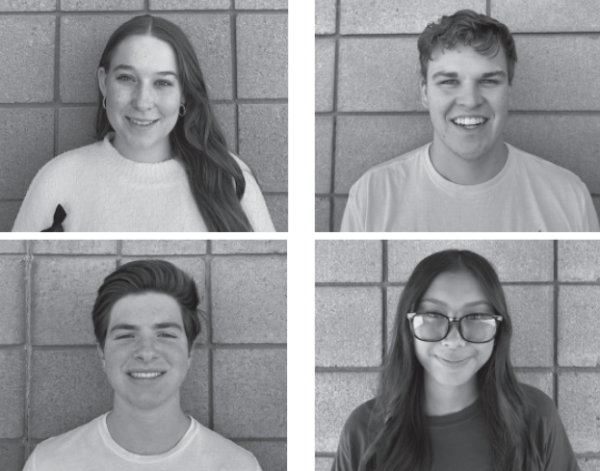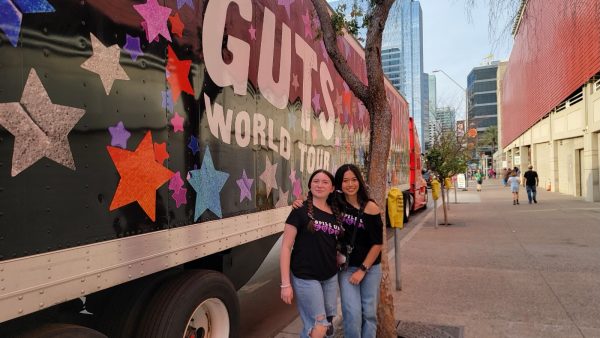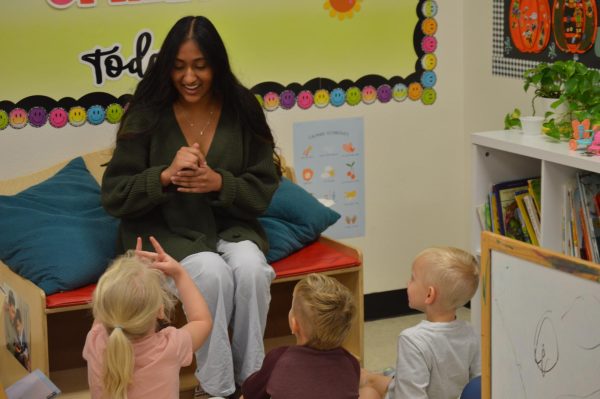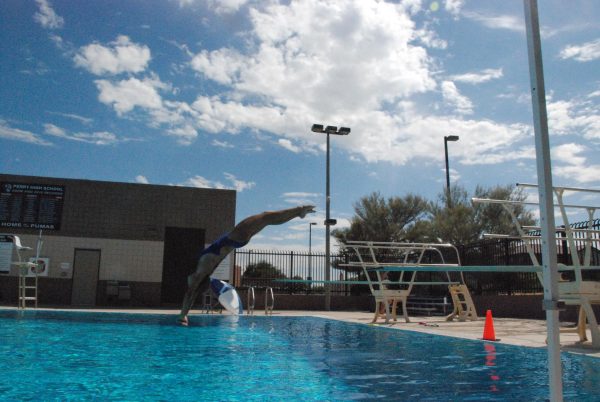School safety back under the microscope
How America is reexamining guns and school security in the wake another massacre
The boiling point: how gun violence has become commonplace in America
Apr. 20, 1999. Columbine High School in Colorado, about thirty minutes south of Denver. Dylan Klebold and Eric Harris arrive at the school at 11:10 a.m. Upon meeting by Harris’ car, the pair enter the cafeteria to plant propane bombs set to detonate seven minutes later. After realizing the bombs have failed, Klebold and Harris walk back into the school and begin to shoot.
This is a story Americans know all too well. For many, Columbine is one of the first of a long list of tragedies where a person can remember where they were and what they were doing when news struck.
The Columbine High School massacre took place nearly 19 years ago, and since then there have been countless attacks on schools across the country.
Few students at Perry remember Columbine. Many more remember Sandy Hook. And now, the latest in a long list of school-based shootings, everyone remembers the 17 students and faculty members murdered at Marjory Stoneman Douglas High School in Parkland, Florida.
Parkland was not the first school shooting of 2018. In fact, when Nikolas Cruz opened fire on Feb. 14, he initiated the eighteenth gun-related incident on a school campus, Cruz’ being the second mass shooting of the year. Other offenses ranged from suicide to accidental discharges.
Making school safety a priority in a gun culture country
On Feb. 15, the day after the Parkland shooting, Superintendent Camille Casteel sent an email out to the Chandler Unified School District community, detailing the measures in place both on-campus and throughout the district.
“I don’t think any school is sufficiently prepared for that [type of emergency],” Serrano said. “We have to use that mentality here: how can we get better? We have to get better.”
At first glance, our security measures seem as sufficient as any in a post-Columbine world. Locked gates, security guards at every entrance, and a school resource officer (SRO).
These measures seem far from effective though, with most gates open during the day in order to permit half-day seniors and EVIT students easy access on-and-off campus.
“One of my biggest concerns is these gates: they’re left open,” Serrano said. “I’m going to see if I can get automatic closers on them.”
Day-to-day security aside, it is the preparedness that Serrano emphasizes as crucial to the security on-campus. The importance of lockdowns, he says, is unmatched, especially now when on-campus threats are more and more common.
Serrano said, “I told teachers when you do a lockdown, even though you know we do it four times a year, you have to take it seriously. You have to.”
It seems everyone has ideas for how to better school security, but where will the means to do so come from?
“It’s sad to say, ‘Oh, why would money be an issue with school safety?’ but it is,” Serrano said. “I think that the school has a responsibility, the community has a responsibility, and the state has a responsibility. A lot of people put it all on the schools. We’re doing the most that we can with our resources.”
Is the answer to a social epidemic such as this putting the responsibility on school security? The solution to shootings seem far too complex to be determined by the few members of the district board, but school officials have realized they cannot wait for action coming from the outside.
“I think we’re going to see some changes,” Serrano said. “I’m for whatever we can do to make it safer. We have to be prepared and have a plan.”
Can the problem become the solution?
A popular proposal amongst GOP Congressmen, arming teachers has been one of the most-discussed options.
On Feb. 27, Florida lawmakers approved a bill funding a school marshal program, proposing that 10 teachers at every school would receive gun training. According to an article by The Hill, “The state would reportedly cover the costs of background checks, drug testing, psychological exams and 132 hours of training.”
In this same week, though, a survey by Florida Atlantic University found that 70 percent of Florida voters want stricter gun laws, with the most popular proposal amongst voters being universal background checks with 87 percent support, followed by raising the minimum age to purchase a gun from 18 to 21 at 78 percent support.
President Donald Trump boldly opposed the National Rifle Association (NRA) on Feb. 28, telling lawmakers, “They [the NRA] have great power over you people. They have less power over me.”
The uncharacteristic straying from the NRA by a Republican President could mean actual gun legislation if a few conservative lawmakers vote in efforts to raise the age limit to buy AR-15s and other such motions.
In the aforementioned survey, Florida voters were far more divided over the issue of arming teachers, with 56 percent opposed to the idea, and 31 percent supportive.
The day after Floridian legislators approved the school marshal bill, a teacher at Dalton High School in Georgia barricaded himself in a classroom and fired a shot from his handgun through a window.
How Parkland survivors started a movement, #NeverAgain
Young people led by the survivors of Stoneman Douglas have said ‘Never Again’ and in less than two weeks, have marched on state legislatures for gun control, sparred with Senator Marco Rubio and representatives of the NRA, and have challenged gun culture in America, swearing change by this generation, for this generation.
In Arizona alone, walkouts have occured at Gilbert High School, Chaparral High School, and even Perry. The March for Our Lives has been organized by students across the nation in multiple major cities. On Apr. 20, students will take 17 minutes to walkout on the anniversary of Columbine.
“We’re not going to stop people from doing it,” Serrano said. “It would be crazy. That is your right and I do not have a problem with that. You have 3600 kids who want to walk out of the classroom, what are you going to do about that? I get it, it is a good cause.”
Serrano, like many Americans, expects that this time is different in terms of making changes for school safety and even gun violence.
“After Columbine and then Sandy Hook unfortunately you get, ‘Oh my God!’ and then you go back into your old ways, and I think now we can not do that,” Serrano said. “The students are going to be the ones pushing the envelope now because you can vote here in the next couple of years… I have to believe there is going to be some sort of change.”

I am a second-year opinions editor with experience in sports and features.







